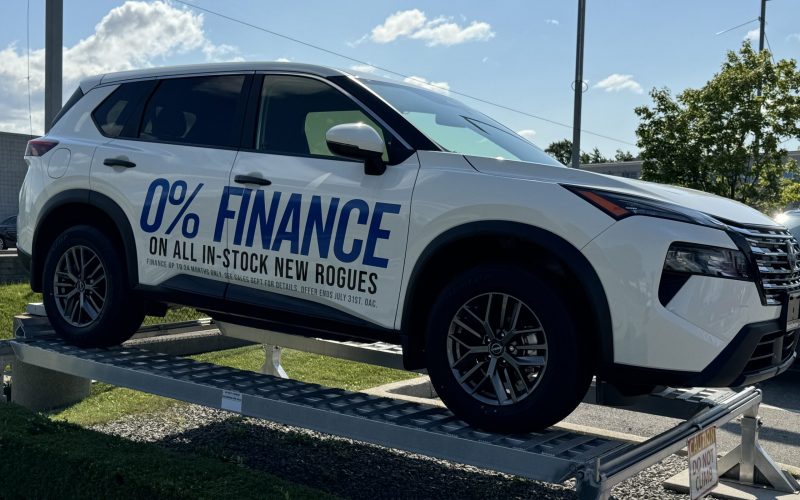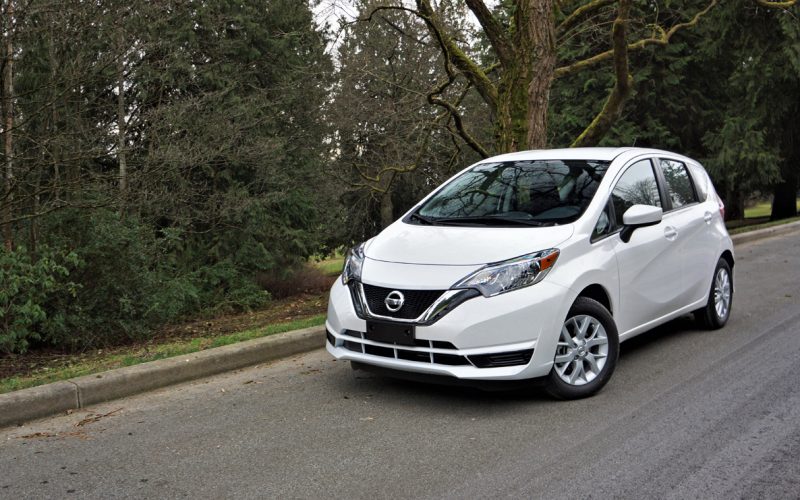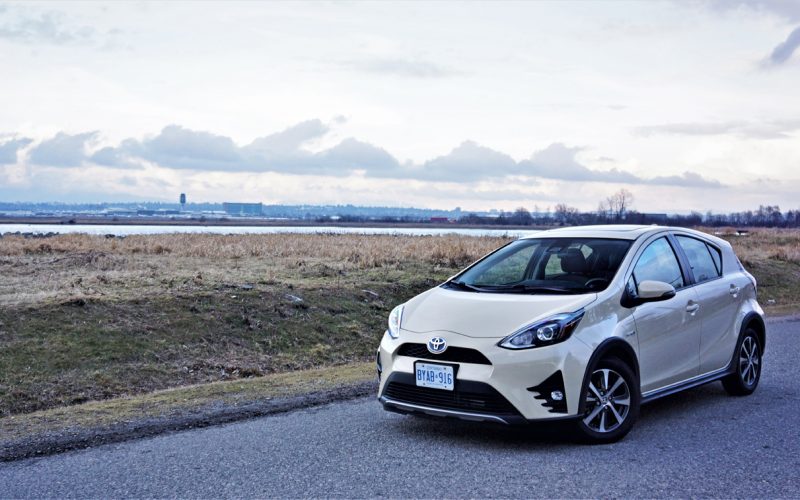
Reading Time: 3 minutesWe’ve previously discovered that the monthly payments for a 48-month lease and an 84-month loan are

Reading Time: 9 minutesHow do factory leasing and financing rates from zero percent sound to you? That’s what Nissan

Reading Time: 8 minutesIn case you hadn’t heard, the Prius C was discontinued as 2019 came to a close,
© 2025 The Car Magazine. All Rights Reserved, Privacy Policy | Terms of Use